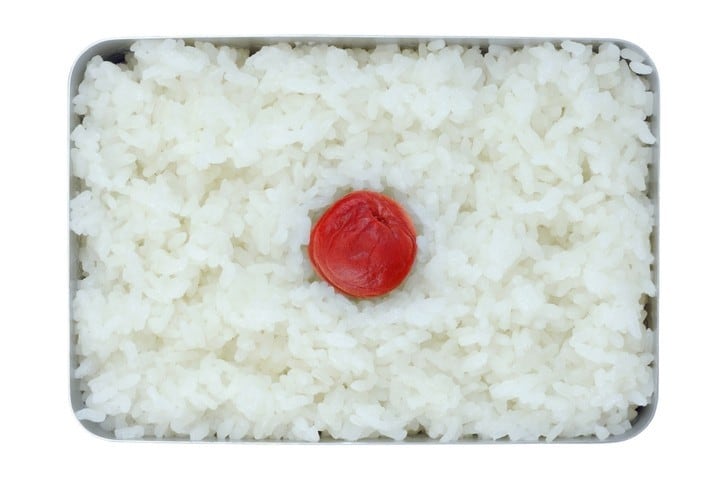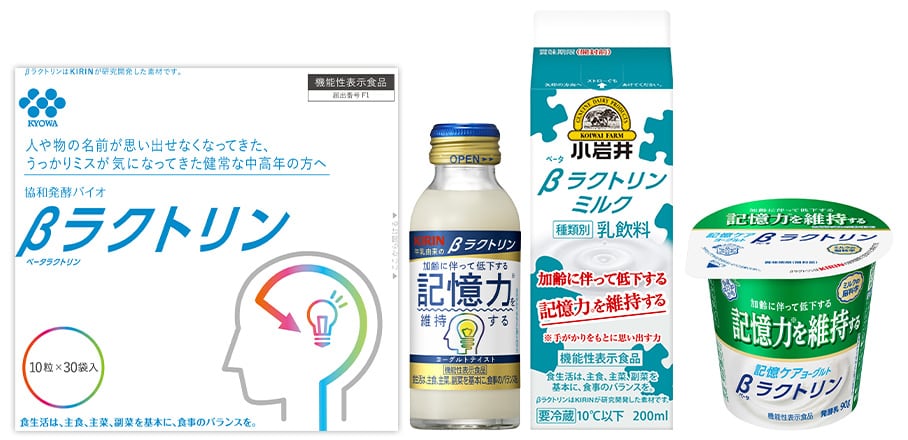This is the highest number of products in a single year since the system launched on April 1, 2015. There are now 3,602 FFC products in total excluding products that have been withdrawn.
This is according to a report ‘FFC product analysis for fiscal 2020’ published by Smooth Link, a Japanese consultancy firm specialising in life sciences.
Evaluation method
The FFC system is a notification system in which food manufacturers must meet specific criteria, indicating their products have a specific effect on health, but cannot reduce the risk of any diseases.
For a food product to claim effectiveness on its label, there must be sufficient evidence for its proposed function claims through randomised controlled trials (RCT), or systematic reviews (SR).
The Consumer Affairs Agency (CAA) in Japan is responsible for the FFC system and approving products. The Japanese government does not evaluate the safety and effectiveness of the submitted product. All evidence and information is disclosed on the CAA website.
In fiscal year 2020, most of the products’ functionality were assessed by SR (95.5%) for the functional ingredient used. Only 43 products (4%) were assessed by RCT, which was lower than the average of 6.8% for previous years. The rest of the products (n=4) used a combination of RCT and SR for evaluation.
According to Hisaaki Kato, CEO and president of Smooth Link: “Increased competition from similar products, the improved accuracy of SR and the fact that the total cost is about half that of RCTs may be the reasons why SR is used more often.”
Beverage-type on the rise
The FFC system covers products ranging from dietary supplements, processed foods such as beverages, yoghurt, soup as well as fresh foods.
When the system first started, most of the FFC notified products were dietary supplements.
In fiscal 2020, there were 578 products in the dietary supplement category, 450 in processed foods, and 39 in fresh foods format.
According to the report, beverages-type formats were on the rise, making up 56% of products in the processed foods category in fiscal 2020, compared to 45% of previous years. Beverages include both soft drinks and powdered drinks.
Sales status
As for the sales status in fiscal 2020, 351 products are currently being sold, while the rest are either taken off the shelves to make changes to formulation or work on the scientific evidence or are withdrawn entirely.
According to Kato, some companies withdraw their products as they see no sales prospect after the notification.
Despite the COVID-19 pandemic, the FFC system still received a record number of notifications in fiscal year 2020.
“CAA has been trying to speed up the process of accept incoming notifications and notifiers also saw COVID-19 as an opportunity,” Kato said.
A recent report by Fuji Keizai expects the FFC market in Japan to exceed JPY 300 billion (US$2.7bn) in 2020, up 25% from the previous year.
For the fiscal year 2021, 74 notifications have already been published on the CAA website in April.
This is the highest number so far, where the average number of notifications in April over the past five years was 35.
Kato’s outlook for the FFC market in fiscal 2021 is two-ways: “Either the FFC trend will continue to grow upward, or companies will become more cautious due to the large number of suspended products.”
Part II of this series will explore the top ingredients and health claims among the FFC products notified in fiscal 2020.


